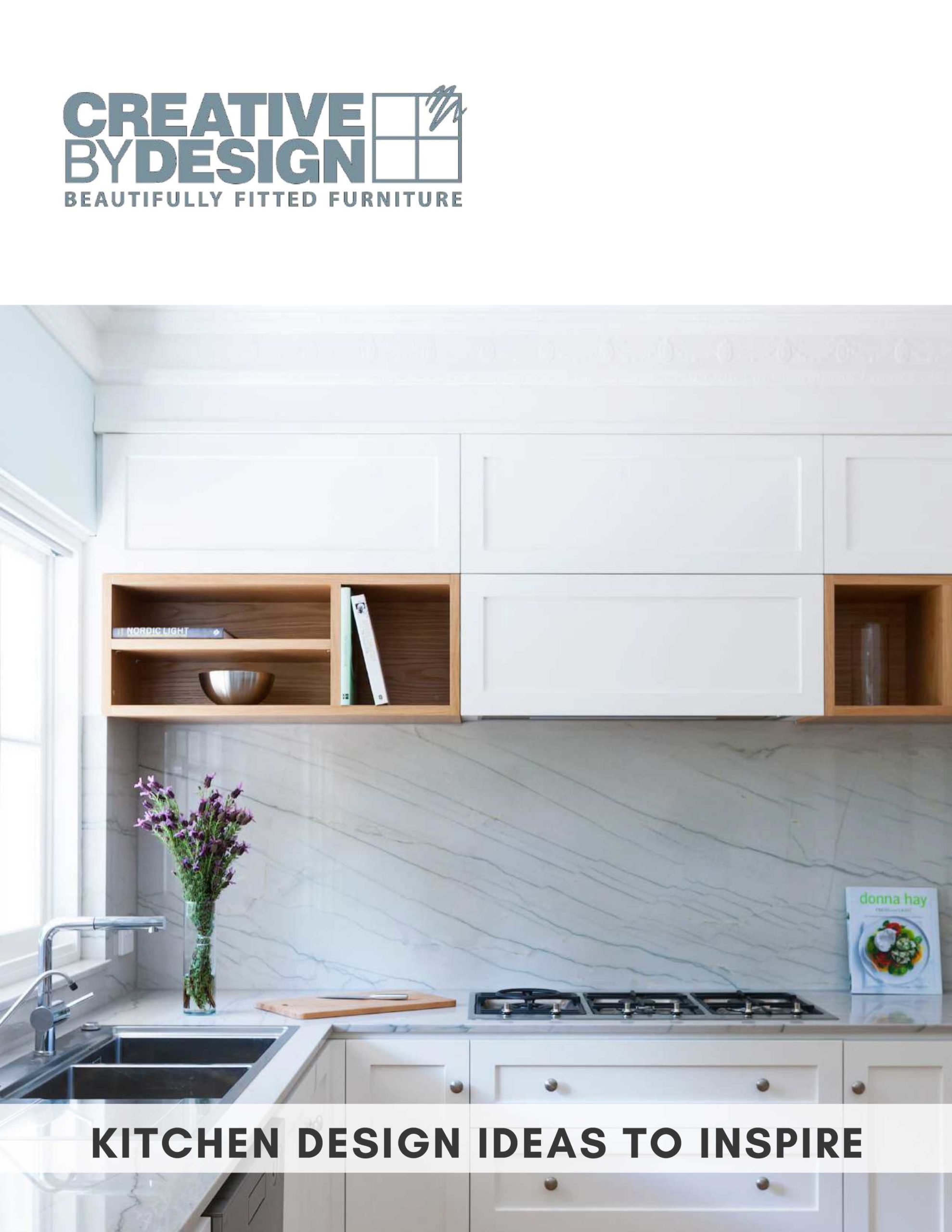Ergonomics is the science of designing products so that humans can use them effortlessly and safely. This particularly applies to office environments, where clever ergonomic design can boost productivity and efficiency while decreasing the possibility of strain or injury.
In this 3-part series, we’re sharing creative ideas to help you envision a home office that combines design, style and ergonomics to provide the perfect home working environment for you.
Having covered valuable tips on designing your custom home office and styling your custom home office, we want to share 3 practical tips for creating a home office that meets ergonomic safety standards. This is especially important for those who need to complete a home office assessment before their organisation will approve remote working.
Here are 3 ways to incorporate clever ergonomic design in your new home office…
- Optimise your desk height and space
When you design a custom home office everything is made to measure specifically for you, including your desk.
Most standard desks are far too high for the average person, which can cause neck and shoulder strain. However, a custom built desk can be at the exact height you need it.
Ideally your desk height should be high enough so the top of your computer or laptop aligns with your forehead, and your wrists and hands are at or below elbow level. Underneath the desk, there should be ample space for your knees to point forward and your feet to be planted firmly on the floor.
Your monitor should be an arms’ length away, with enough desk space to reduce clutter while keeping everything you use regularly within arms’ reach to prevent unnecessary reaching.
- Make functional storage decisions
Imagine yourself sitting in the space and pay special attention to your back. What activity might you need to do that could strain your back, neck and shoulders? What ergonomic design choices could you make to prevent it?
This is where a custom home office really shines, because cupboards, storage and shelving can be placed wherever you need them.
For best practice ergonomics, consider which activities you do regularly and create a design that makes it easy to complete the activity without reaching. For example if you regularly file papers, you could incorporate a filing cabinet into a cupboard next to where you sit.
If you answer your phone frequently, add a custom mobile stand with an in-built charger within arm’s reach on your desk. This will prevent you from reaching around every time it rings, and will reduce clutter caused by unnecessary cords.
You may also choose to have a drawer for pens, highlighters and whiteboard markers, and a pinboard or whiteboard within easy reach and at eye level so you can track your projects while protecting your back.
- Choose accessories wisely
According to experts, the best home office chairs are the standard clerical-type office chairs and not high-backed reclining chairs.
Ideally, your chair should have:
- an adjustable height functionality
- an adjustable back rest
- a strong and stable base
- a curved front
- comfortable padding
Other accessories include efficient lighting to improve visibility and concentration, and decrease eye strain. Cool or blue light is the best choice for a home office, and can be incorporated on the sides of or under cupboard shelves, or as pendants from the ceiling.
As an increasing number of people choose to work remotely, a personalised home office is more important than ever before. By combining the perfect design, style and ergonomics, you can create a home office environment that meets your needs and inspires your best work, while ensuring your safety and wellbeing well into the future.
To speak with one of our expert designers about designing a home office that helps you achieve the perfect work/life balance, call us on 1300 366 222.


